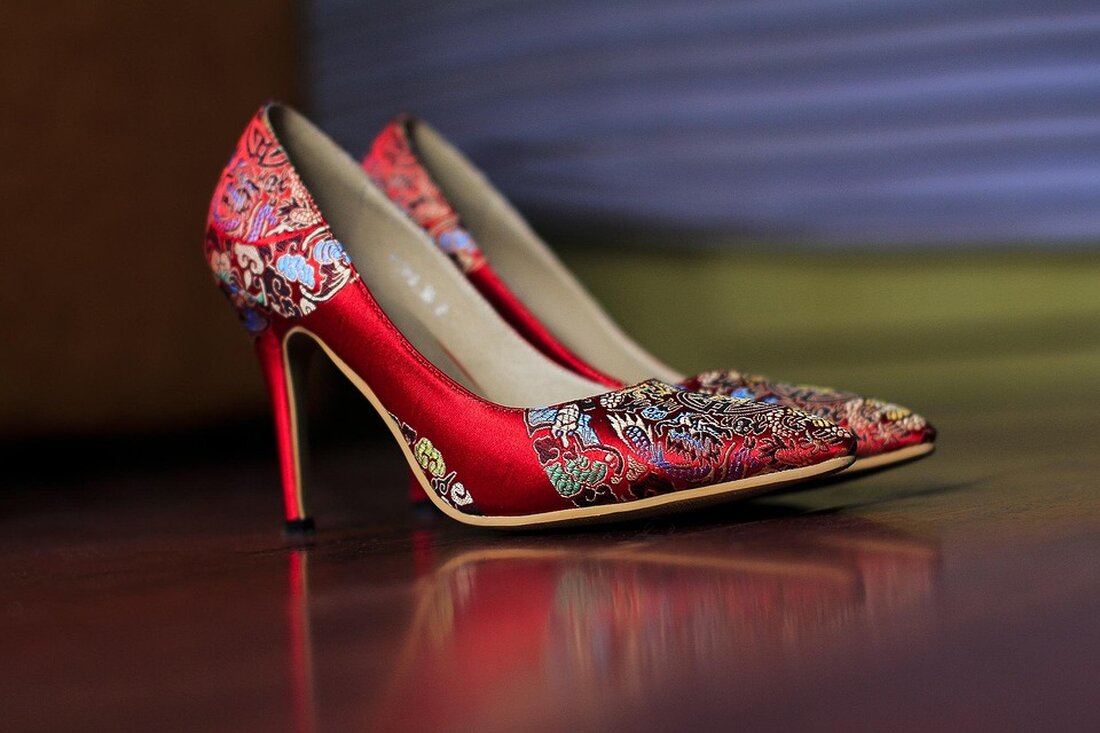Chinese tea brands are conquering the world: new growth through adaptation!
Chinese tea drinks are expanding globally. Reports highlight market strategies and challenges in the German tea trade.

Chinese tea brands are conquering the world: new growth through adaptation!
On September 15, 2025, Zhongxin Jingwei Research Institute jointly with the National Advertising Research Institute released a landmark report entitled "The New Way of Tea Trade: The Global Journey of New Tea Drinks." This report represents the sixth edition of analyzes of Chinese brands' overseas entry to 2025 and shows a significant strategic transformation of China's new tea drinks, moving from domestic competition to global expansion. 36kr reports that Chinese brands are increasingly establishing themselves in international markets, which is opening up new growth opportunities for them.
By June 2025, companies such as Mixue Bingcheng, Ba Wang Cha Ji, Nayuki and Hushang Ayi have successfully completed their IPOs. The report highlights that success in international markets depends largely on precise market positioning, flexible product strategies and adaptable operating systems. Many new tea beverage brands are increasingly focusing on aspects such as health, individuality and high-quality raw materials.
Global trends and local adaptations
The new brands also focus on attractive packaging and modern store concepts to encourage social interactions. Digital operating strategies and modern management methods help to increase efficiency. According to the report, the so-called global supply chain is crucial to foreign market success. Differences between markets play an important role, requiring adjustments to local standards and consumer needs.
Important success factors also include developing strong branding that integrates elements such as visual language systems and cultural adaptations. Chinese brands are targeting bilingual menus to break down cultural barriers and make it easier for consumers to make decisions. Community activities also help to strengthen brand loyalty and ensure long-term success.
According to reports, Chinese tea brands face the challenge of surviving in an increasingly competitive environment where the balance between localization and standardization is crucial. Experts recommend using innovative technologies such as AI and VR to create an even more engaging brand experience. It is also recommended to explore new communication channels and transcultural models.
The tea trade in Germany
In parallel with global developments, Germany remains an important market in the tea trade. It is the second largest tea importer within the EU with a trade volume of 1.8 billion euros for 2023. The report by ceotea not only analyzes the structures of the German tea market, but also the role of organic certifications and the importance of so-called functional teas.
In 2023, the import statistics for tea in Germany were as follows:
| country | Quantity (in t) | The change (%) | main variety |
|---|---|---|---|
| India | 28,400 | +7% | Assam CTC |
| China | 18,200 | +22% | Sencha green tea |
| Sri Lanka | 15,800 | -5% | Ceylon OP1 |
| Kenya | 12,500 | +18% | Broken Black Tea |
The reasons for the success in the German tea trade are varied, but include an exciting mix of traditional manufacturing processes and modern consumer trends that focus on sustainability, organic products and health benefits. Against this background, numerous German companies, such as Teekanne and Ostfriesland Tea, have expanded their market shares with innovative strategies and a strong focus on sustainability.

 Suche
Suche
 Mein Konto
Mein Konto